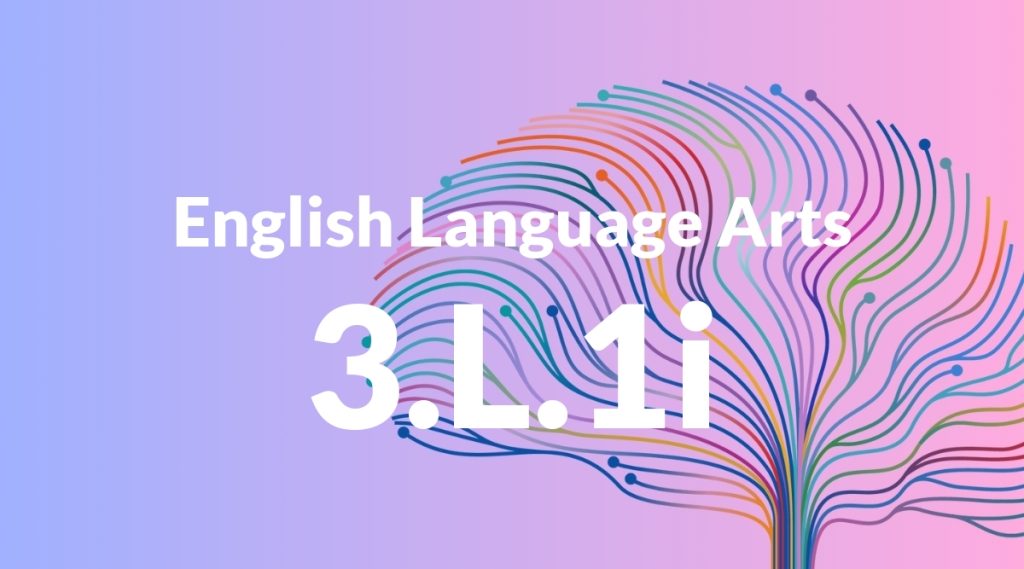Standard: 3.L.1i – Produce simple, compound, and complex sentences.
Grade level: Grade 3
Subject: English Language Arts
Domain: Language
Teacher Overview
This standard focuses on helping students produce simple, compound, and complex sentences. Mastery of this standard is crucial as it enhances students’ writing abilities, making their writing more engaging and clear. Understanding different types of sentences also aids in reading comprehension. Students should be able to identify and construct basic sentences with a subject and predicate before tackling this standard.
After mastering this standard, students will be able to write more varied and complex sentences, enhancing their writing skills and preparing them for more advanced grammar concepts.
Common Misconception 1
A common misconception is that all sentences should be short and simple. This is incorrect because using a variety of sentence structures makes writing more engaging and can clarify meaning.
Intervention 1
To address this misconception, teachers can provide examples of texts that use a variety of sentence structures and have students practice combining simple sentences into compound and complex ones.
Common Misconception 2
Another misconception is confusing compound sentences with complex sentences. Compound sentences join two independent clauses with a conjunction, while complex sentences combine an independent clause with one or more dependent clauses.
Intervention 2
Teachers can use visual aids and sentence diagrams to help students see the difference between compound and complex sentences, and provide practice exercises for each type.
Prerequisite Knowledge
Students should understand basic sentence structure, including subjects and predicates, and be able to identify and write simple sentences.
Subsequent Knowledge
Students will develop the ability to write more sophisticated and varied sentences, enhancing their overall writing skills and preparing them for more advanced grammar concepts.
Instructional Activities
- Sentence combining exercises
- Creating sentence diagrams
- Writing short paragraphs using all three types of sentences
- Peer review sessions to identify sentence types in each other’s writing




